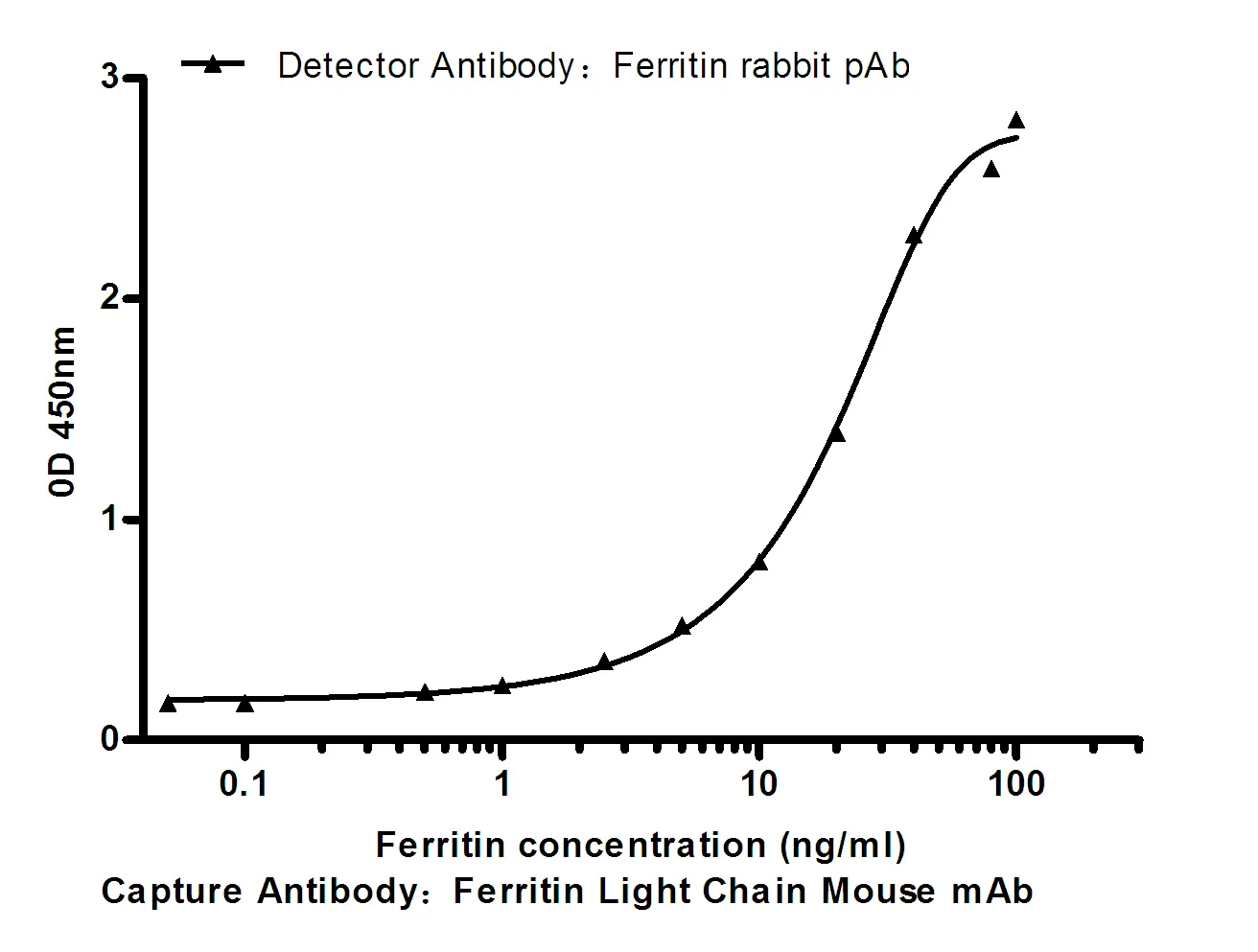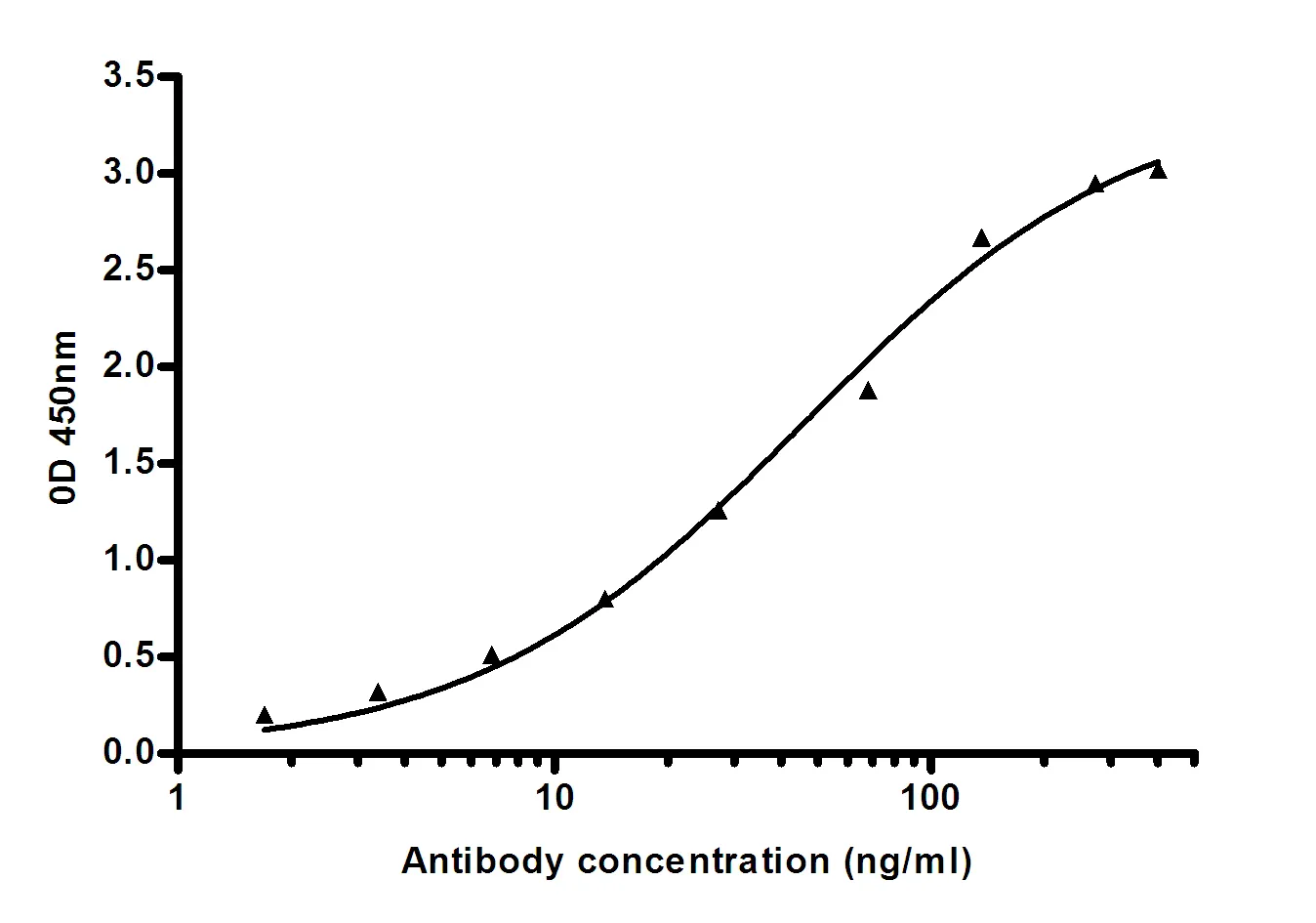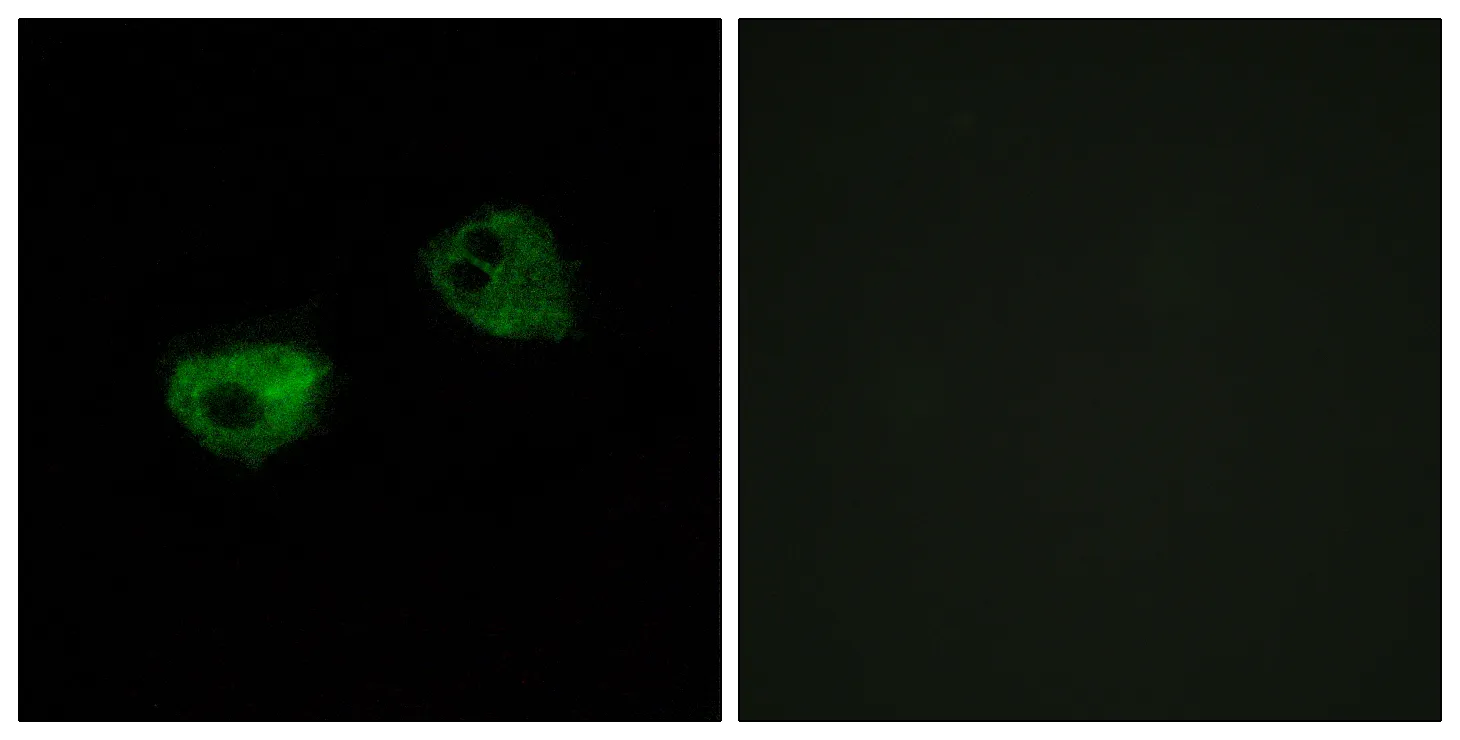Summary
Performance
Immunogen
Application
Background
This gene encodes a protein localized to the inner mitochondrial membrane and thought to be involved in the biogenesis of the cytochrome c oxidase complex. The protein is a member of the SURF1 family, which includes the related yeast protein SHY1 and rickettsial protein RP733. The gene is located in the surfeit gene cluster, a group of very tightly linked genes that do not share sequence similarity, where it shares a bidirectional promoter with SURF2 on the opposite strand. Defects in this gene are a cause of Leigh syndrome, a severe neurological disorder that is commonly associated with systemic cytochrome c oxidase deficiency. [provided by RefSeq, Jul 2008],disease:Defects in SURF1 are a cause of Leigh syndrome (LS) [MIM:256000]. LS is a severe neurological disorder characterized by bilaterally symmetrical necrotic lesions in subcortical brain regions that is commonly associated with systemic cytochrome c oxidase (COX) deficiency.,function:Probably involved in the biogenesis of the COX complex.,similarity:Belongs to the SURF1 family.,
Research Area




